Stir-fried beef tripe, or bào chǎo máo dǔ in Mandarin, is a dish that ignites the senses with its bold flavors, textural contrasts, and rich cultural heritage. Rooted in China’s culinary traditions, this dish transforms a humble ingredient—beef tripe—into a spicy, aromatic masterpiece that tantalizes taste buds and captures the essence of Chinese gastronomy. From bustling night markets to high-end restaurants, bào chǎo máo dǔ has earned its place as a beloved staple, celebrated for its ability to balance heat, umami, and satisfying chewiness. This article delves into the history, preparation, and cultural significance of this iconic dish, offering insights into why it continues to captivate food enthusiasts worldwide.
A Historical Tapestry: The Origins of Beef Tripe in Chinese Cuisine
The use of offal in Chinese cooking dates back millennia, reflecting a philosophy of respect for the entire animal and a refusal to waste any part. Beef tripe, the lining of a cow’s stomach, was historically valued for its affordability and versatility. In regions with large cattle populations, such as Sichuan and Hunan, tripe became a common ingredient in peasant dishes, later evolving into a delicacy as chefs experimented with spices and cooking techniques.
The term bào chǎo itself—“explosive stir-fry”—hints at the dish’s dynamic preparation. Cooked over scorching-hot woks, the ingredients are tossed rapidly to seal in flavors and achieve a smoky char, a hallmark of wok hei (the breath of the wok). While the exact origins of bào chǎo máo dǔ are debated, culinary historians trace its modern form to Sichuan province, where fiery chili peppers and numbing Sichuan peppercorns (huā jiāo) became integral to its profile. Today, it is embraced across China, with regional adaptations showcasing local preferences for spice levels and aromatic additions.
The Anatomy of Flavor: Key Ingredients and Their Roles
At the heart of bào chǎo máo dǔ lies the beef tripe, a muscle with a unique texture that ranges from tender to crunchy, depending on preparation. The most prized tripe for this dish is the fourth stomach chamber (omasum), known for its honeycomb-like structure, which absorbs flavors beautifully. To balance the tripe’s mild earthiness, chefs rely on a symphony of ingredients:
- Chili Peppers: Fresh red or green chilies, along with dried chili flakes, provide a fiery kick. In Sichuan, erjingtiao and 子弹头 peppers are favored for their vibrant heat and color.
- Sichuan Peppercorns: These prickly berries impart a citrusy, tingling sensation that elevates the dish’s complexity.
- Aromatics: Garlic, ginger, and scallions form the flavor base, their pungent notes cutting through the richness of the tripe.
- Fermented Black Beans: Salty and savory, these add depth, while doubanjiang (broad bean chili paste) contributes a rich, fermented umami.
- Soy Sauce and Oyster Sauce: For salinity and sweetness, respectively, these sauces harmonize the dish.
- Optional Additions: Celery, wood ear mushrooms, or bamboo shoots may be included for crunch, while a splash of vinegar brightens the final flavors.
The Alchemy of Preparation: From Cleaning to Cooking
Preparing beef tripe requires patience and precision. The raw tripe is first cleaned thoroughly to remove impurities, often by scrubbing with salt and vinegar or blanching in boiling water. This step is crucial to eliminate any lingering odors and ensure a clean, neutral canvas for the seasonings.
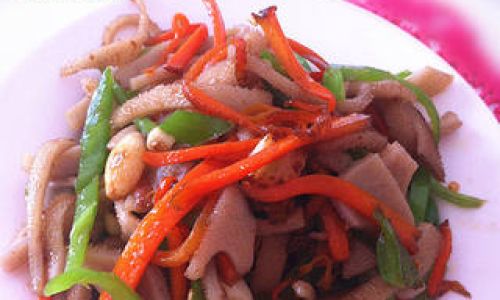
Once cleaned, the tripe is sliced into thin strips or bite-sized pieces. Some chefs prefer to parboil the tripe before stir-frying to tenderize it further, though this is optional. The key to achieving the dish’s signature texture lies in the cooking process: a rapid sear over high heat that caramelizes the edges while maintaining a tender interior.
The Stir-Fry: Mastering the Art of Wok Hei
The stir-fry is where the dish truly comes alive. A well-seasoned wok is heated until smoking, then coated with oil (peanut or vegetable oil are traditional choices). Aromatics like garlic and ginger are sizzled briefly to release their fragrance, followed by dried chili peppers and Sichuan peppercorns, which infuse the oil with their essence.
The tripe is added next, tossed vigorously to ensure even cooking. The high heat sears the surface, creating a subtle crispness, while the interior remains juicy. Soy sauce, oyster sauce, and a pinch of sugar are drizzled in, followed by a handful of chopped scallions and celery for freshness. The final touch is a sprinkle of fermented black beans or doubanjiang, which melts into the dish, coating every piece in spicy, savory glory.
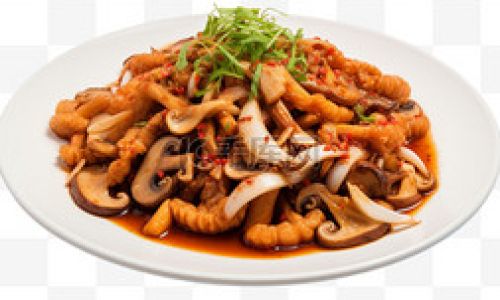
Regional Variations: A Tapestry of Tastes
While the Sichuan style dominates global perceptions of bào chǎo máo dǔ, regional adaptations abound:
- Hunan Style: Hunan chefs amplify the heat with more fresh chilies and vinegar, creating a tangier, more aggressive flavor profile.
- Guangdong (Cantonese) Style: Here, the dish is milder, with reduced spice and a focus on the tripe’s natural flavor, often served with a side of pickled vegetables.
- Beijing Style: A nod to imperial cuisine, this version might include star anise or cinnamon for warmth, paired with a lighter soy-based sauce.
The Cultural Significance of Bào Chǎo Máo Dǔ
Beyond its culinary appeal, bào chǎo máo dǔ holds cultural weight. In China, it is a quintessential xiǎo chī (street snack), often served in bustling night markets alongside skewers and steamed buns. Its communal nature—shared among friends over cold beers—embodies the joy of casual dining.
The dish also carries symbolic meaning. In some regions, it is served during festivals or celebrations, its fiery spice believed to ward off evil spirits and invigorate the body. Moreover, its transformation from a humble offal cut to a gourmet favorite mirrors broader themes of Chinese ingenuity and resourcefulness.
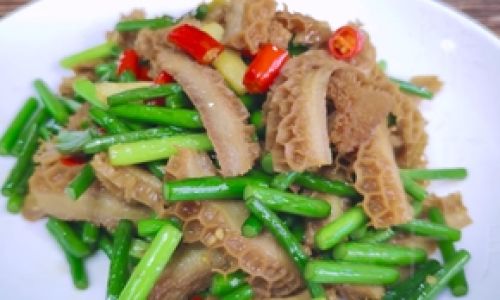
Health and Nutrition: A Surprisingly Nutritious Indulgence
Despite its reputation as a decadent treat, bào chǎo máo dǔ offers nutritional benefits. Beef tripe is rich in protein, vitamin B12, and minerals like zinc and selenium. The dish’s generous use of garlic and ginger provides antioxidants and anti-inflammatory properties, while the chili peppers boost metabolism and may aid digestion.
However, moderation is key due to the dish’s high sodium and spice content. Those with sensitive stomachs or hypertension should savor it sparingly, paired with steamed rice or cooling cucumber salads to balance the heat.
Mastering the Dish at Home: Tips and Tricks
Recreating bào chǎo máo dǔ at home requires attention to detail. Here’s how to elevate your version:

- Source Quality Tripe: Look for pre-cleaned, thinly sliced tripe at Asian markets to save time.
- Control the Heat: Use the highest flame possible to achieve wok hei without burning the aromatics.
- Balance Flavors: Taste and adjust seasonings as you cook—add more chili for heat, sugar for sweetness, or vinegar for acidity.
- Pairing Suggestions: Serve with jasmine rice, cold Tsingtao beer, or a crisp Riesling to temper the spice.
Conclusion: The Enduring Allure of Bào Chǎo Máo Dǔ
Bào chǎo máo dǔ is more than a dish—it’s a celebration of Chinese culinary mastery. From its humble beginnings as a peasant food to its status as a global sensation, it embodies the nation’s ability to elevate simplicity into artistry. Whether enjoyed in a bustling Chengdu night market or a home kitchen, this fiery stir-fry continues to ignite passion, one crispy, spicy bite at a time. So, the next time you crave a dish that excites the palate and warms the soul, let bào chǎo máo dǔ be your guide—and prepare to be swept away by the magic of Chinese flavors.
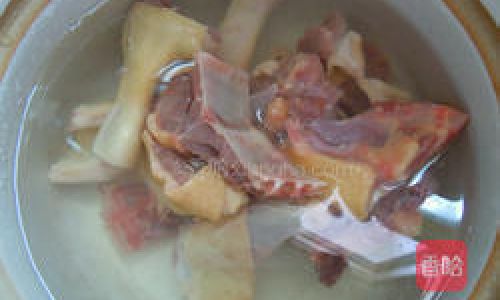
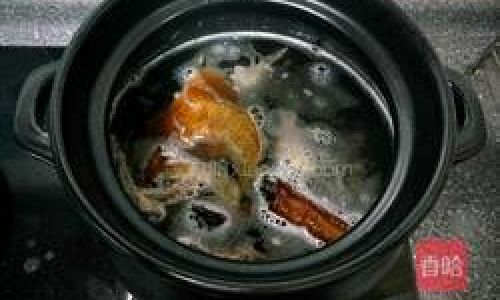
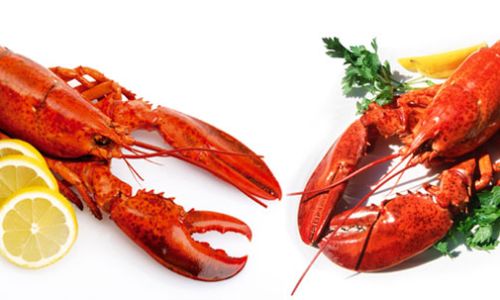
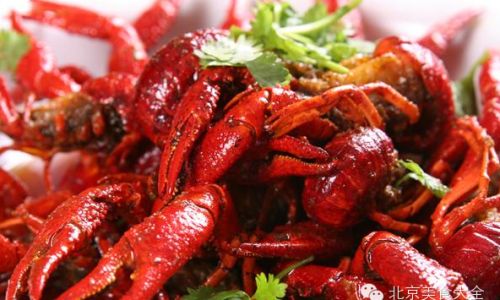
0 comments